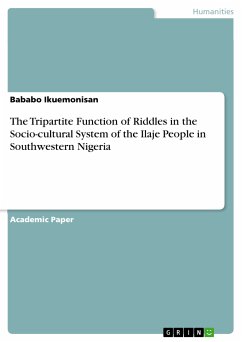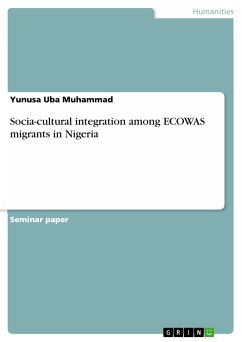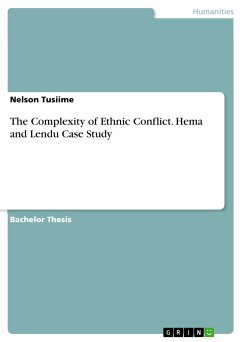Seminar paper from the year 2014 in the subject Cultural Studies - Empiric Cultural Studies, grade: 1,3, Johannes Gutenberg University Mainz (Deutsches Institut), course: G.3 Einführung in die interkulturelle Kommunikation und den Kulturvergleich, language: English, abstract: In order to explain the differences between German and Chinese culture and how these can be illustrated with the help of Hofstede's cultural dimensions theory, chapter 2.1 begins with an introduction to the concept of culture and the concept of cultural standards. This is followed by a differentiation between German and Chinese cultural standards. Since Hofstede's model works with so-called cultural dimensions, Chapter 2.2 deals with the intention and problems of cultural dimensions and names other cultural studies that have experienced great resonance and impact alongside Hofstede. The actual differentiation between German and Chinese culture, which is presented here primarily in the context of the corporate and family context, takes place in Chapter 3. To build up a basic understanding of Hofstede's work, important cornerstones of his study are outlined in Chapter 3.1. In the next step, the differences between German and Chinese culture are shown in Chapter 3.2 based on Hofstede's five cultural dimensions. In Chapter 4, Hofstede's study is critically appraised, with a focus on praise received, criticism experienced and its overall relevance in comparative cultural research. The thesis concludes with a summary and outlook in Chapter 5.
Dieser Download kann aus rechtlichen Gründen nur mit Rechnungsadresse in A, B, BG, CY, CZ, D, DK, EW, E, FIN, F, GR, HR, H, IRL, I, LT, L, LR, M, NL, PL, P, R, S, SLO, SK ausgeliefert werden.









